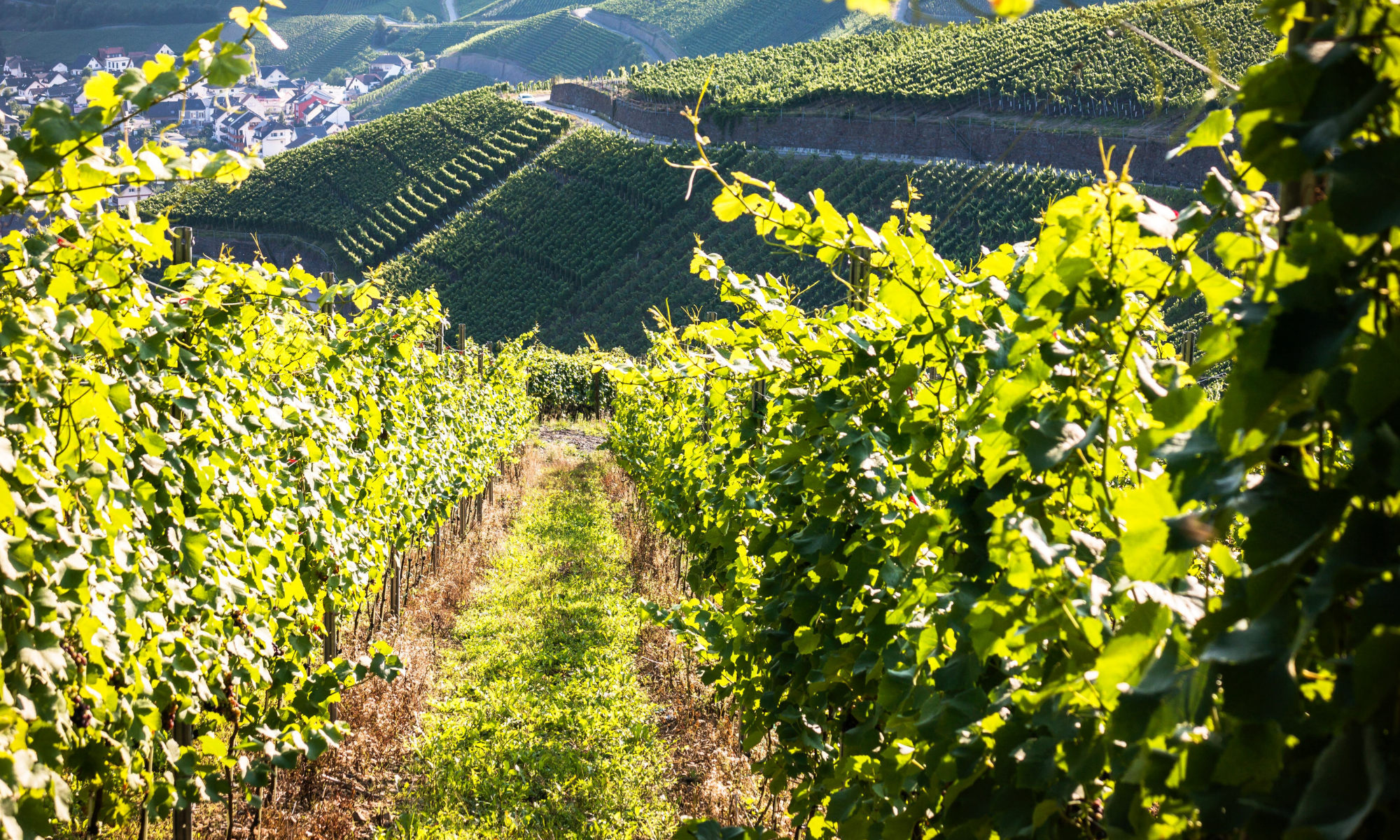 The Lost Forest
The Lost Forest
by Phyllis Root; illus. by Betsy Bowen
40 pages; ages 4 – 9
Univ Of Minnesota Press, 2019
How do you lose a forest?
Especially when trees are so tall you can’t see their tops. So big it takes two or more people holding hands to reach around. You’d think a forest of trees like that would be easy to find – but in 1882, in Minnesota, a survey crew lost an entire forest. It disappeared right off their maps! Great news for the trees – they kept right on growing. Great news for the other plants and the animals living in the forest – they kept on raising seeds and babies and continuing their community of life.
For more than 75 years the mistake stayed on the map, protecting the trees from the lumberjacks’ saws and axes. Now the forest is protected and you can go visit 350-year old pines. So it is a lost-and-found forest, right?
What I like about this book: I love the way Phyllis Root tells her story, with a sly wink to the reader. “If you were trying to turn this rollicking land into straight lines on paper, you might make a mistake,” she writes. She reminds readers that the trees had never been lost. Neither had the orchids, porcupines, and other wild plants and animals. They knew exactly where they were!
I love the illustrations by Betsy Bowen. They pull you right into the woods. I like the endpages – maps of the township – and the plentitude of back matter. There you’ll find out more about old growth forests and some of the species you might find there. You can find out more about surveying, and there’s a fun section called “how to talk like a surveyor”.
Check out “beyond the book” activities over at Archimedes Notebook

It’s STEM Friday! (STEM is Science, Technology, Engineering, and Mathematics)
Copyright © 2019 Sue Heavenrich All Rights Reserved.










 The Secret Life of the Skunk (Secret Life series)
The Secret Life of the Skunk (Secret Life series)









